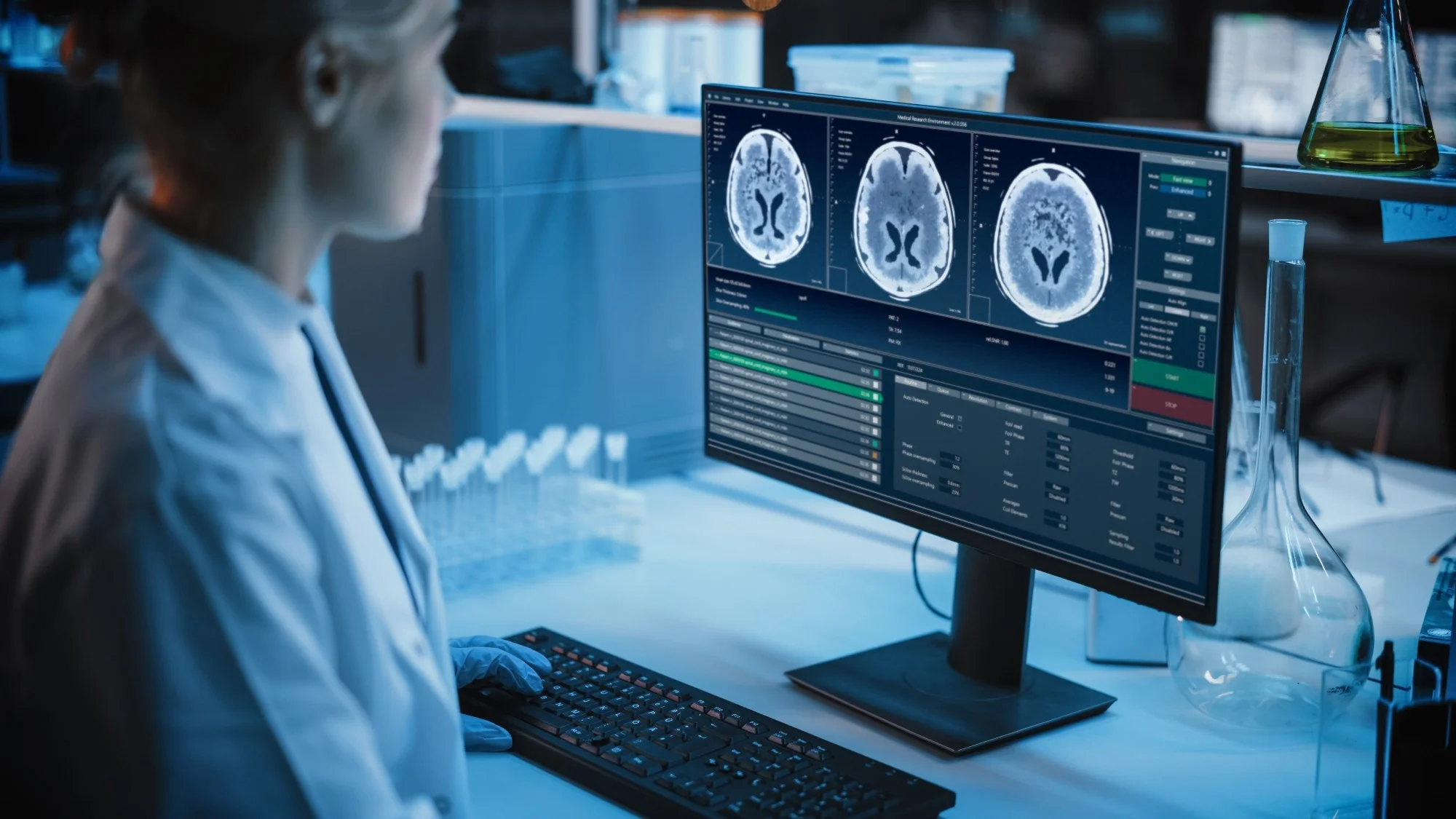Technology has been one of the most transformative forces in human history. From the invention of the wheel to the rise of artificial intelligence, each leap in innovation has changed the way we live, work, communicate, and think. Today, we are living in an era of unprecedented technological growth, where new advancements emerge at a speed never seen before. This article explores the evolution of technology, its impact across industries, current trends, and what the future may hold.
A Brief Look at the Evolution of Technology
The story of technology begins with humanity’s quest to solve problems and improve daily life. Early tools made from stone and metal laid the groundwork for future innovation. The invention of the printing press in the 15th century revolutionized information sharing, while the Industrial Revolution of the 18th and 19th centuries introduced machinery, factories, and mass production.
The 20th century brought about even more groundbreaking technologies—electricity, the telephone, automobiles, computers, and the internet. Each innovation paved the way for the digital age, reshaping global economies and connecting people like never before.

How Technology Is Transforming Industries
Technology is now a critical part of every major industry, revolutionizing how services are delivered and how businesses operate. Here’s how tech is reshaping key sectors:
1. Healthcare
-
Telemedicine: Virtual consultations reduce the need for physical visits and expand healthcare access to remote areas.
-
AI Diagnostics: Algorithms can analyze medical scans, detect diseases early, and even assist in surgeries.
-
Wearable Devices: Smartwatches and fitness trackers monitor heart rate, sleep, and activity, encouraging better personal health.
2. Education
-
E-learning Platforms: Websites like Coursera, Khan Academy, and Udemy make education accessible to anyone with an internet connection.
-
Virtual Classrooms: Tools like Zoom and Microsoft Teams allow real-time remote learning.
-
AI-Powered Tutoring: Adaptive learning systems personalize content based on students’ progress and needs.
3. Finance
-
Fintech: Apps and platforms offer peer-to-peer payments, investment options, and digital banking services.
-
Blockchain: This decentralized ledger technology underpins cryptocurrencies and has the potential to enhance transparency and reduce fraud.
-
Robo-Advisors: AI-driven investment platforms provide financial planning without human advisors.
4. Retail
-
E-commerce: Online stores like Amazon and Shopify have changed how we shop.
-
Augmented Reality (AR): Virtual try-ons for clothes, furniture placement tools, and interactive product experiences boost online shopping satisfaction.
-
AI Recommendations: Personalized shopping suggestions improve the customer experience and increase sales.
The Rise of Artificial Intelligence
One of the most revolutionary technologies today is artificial intelligence (AI). AI enables machines to mimic human intelligence—learning, reasoning, and self-correcting. It powers voice assistants, predictive analytics, language translation, and facial recognition, among countless other applications.
AI is also being integrated into creative fields. Tools like ChatGPT, DALL·E, and music-generating AI are helping people write, design, and compose more efficiently. While these technologies boost productivity, they also raise questions about originality, ethics, and job displacement.
The Internet of Things (IoT)
The Internet of Things (IoT) refers to a network of connected devices that collect and exchange data. From smart home thermostats and refrigerators to industrial machines and city infrastructure, IoT is driving automation and efficiency.
Benefits of IoT include:
-
Smart Cities: Traffic lights, waste management, and energy use can be optimized in real-time.
-
Agriculture: Sensors monitor soil moisture and crop health, improving yields and resource use.
-
Home Automation: Smart homes allow users to control lighting, security, and climate from their smartphones.
Cybersecurity: Protecting the Digital World
As our reliance on digital systems grows, so does the importance of cybersecurity. Data breaches, identity theft, and ransomware attacks are major threats to individuals, businesses, and governments. Modern cybersecurity focuses on:
-
Data Encryption
-
Multi-factor Authentication
-
Threat Detection using AI
-
Regular Software Updates and Patches
The future of cybersecurity will likely involve biometric authentication, blockchain-based security, and greater global cooperation on cybercrime.
Cloud Computing and Big Data
Cloud computing has made it possible for individuals and companies to access vast computing resources without owning physical servers. It enables:
-
Scalable infrastructure
-
Real-time collaboration
-
Remote access to software and files
Meanwhile, big data refers to extremely large data sets analyzed to reveal patterns, trends, and associations—especially relating to human behavior and interactions. Businesses use big data for marketing, operations, customer service, and product development.
5G and the Next Generation of Connectivity
The rollout of 5G networks is enhancing internet speed and reducing latency. This next generation of mobile connectivity supports:
-
High-quality video streaming
-
Augmented and virtual reality applications
-
Real-time remote control of machines (like surgical robots or autonomous vehicles)
5G also underpins future innovations in smart cities, IoT ecosystems, and immersive digital experiences.
Green Technology and Sustainability
Technology isn’t just about growth—it’s also about sustainability. Green tech aims to minimize the environmental impact of human activity. Innovations include:
-
Renewable Energy Solutions: Solar, wind, and hydroelectric power generation
-
Electric Vehicles (EVs): Tesla and other manufacturers are transforming transportation
-
Smart Grids: Efficient energy distribution using AI and IoT
-
Recycling Technologies: Machines that sort and process waste more effectively
Sustainable tech is not only good for the planet—it’s also becoming a key area of investment and development.
Challenges and Ethical Considerations
While technology brings immense benefits, it also poses significant challenges:
-
Job Displacement: Automation and AI could eliminate certain job categories while creating new ones.
-
Digital Divide: Unequal access to technology can widen the gap between wealthy and disadvantaged communities.
-
Privacy Concerns: Data collection and surveillance raise questions about user rights and freedoms.
-
Misinformation: Social media algorithms sometimes spread false information faster than facts.
Policymakers, developers, and users all share responsibility in ensuring technology is used ethically and inclusively.
The Future of Technology
The future of technology is limited only by imagination and ethics. Emerging trends likely to shape the next decade include:
-
Quantum Computing: Offering speeds and capabilities far beyond today’s supercomputers
-
Brain-Computer Interfaces: Allowing direct communication between minds and machines
-
Decentralized Web (Web3): A more user-controlled internet
-
Space Exploration: Advances in spacecraft and planetary colonization
-
Human Augmentation: From advanced prosthetics to neural implants
These breakthroughs may redefine what it means to be human, and how we interact with our environment.

Conclusion: Embracing a Tech-Driven World
Technology is not just a tool—it’s a driving force that shapes every aspect of modern life. From healthcare and education to business and entertainment, it enables progress, solves problems, and opens new horizons. However, as we embrace innovation, we must also prioritize ethics, accessibility, and sustainability.
Whether you’re a student, entrepreneur, or everyday user, understanding the landscape of technology empowers you to adapt, participate, and thrive in a world that’s changing faster than ever before.


